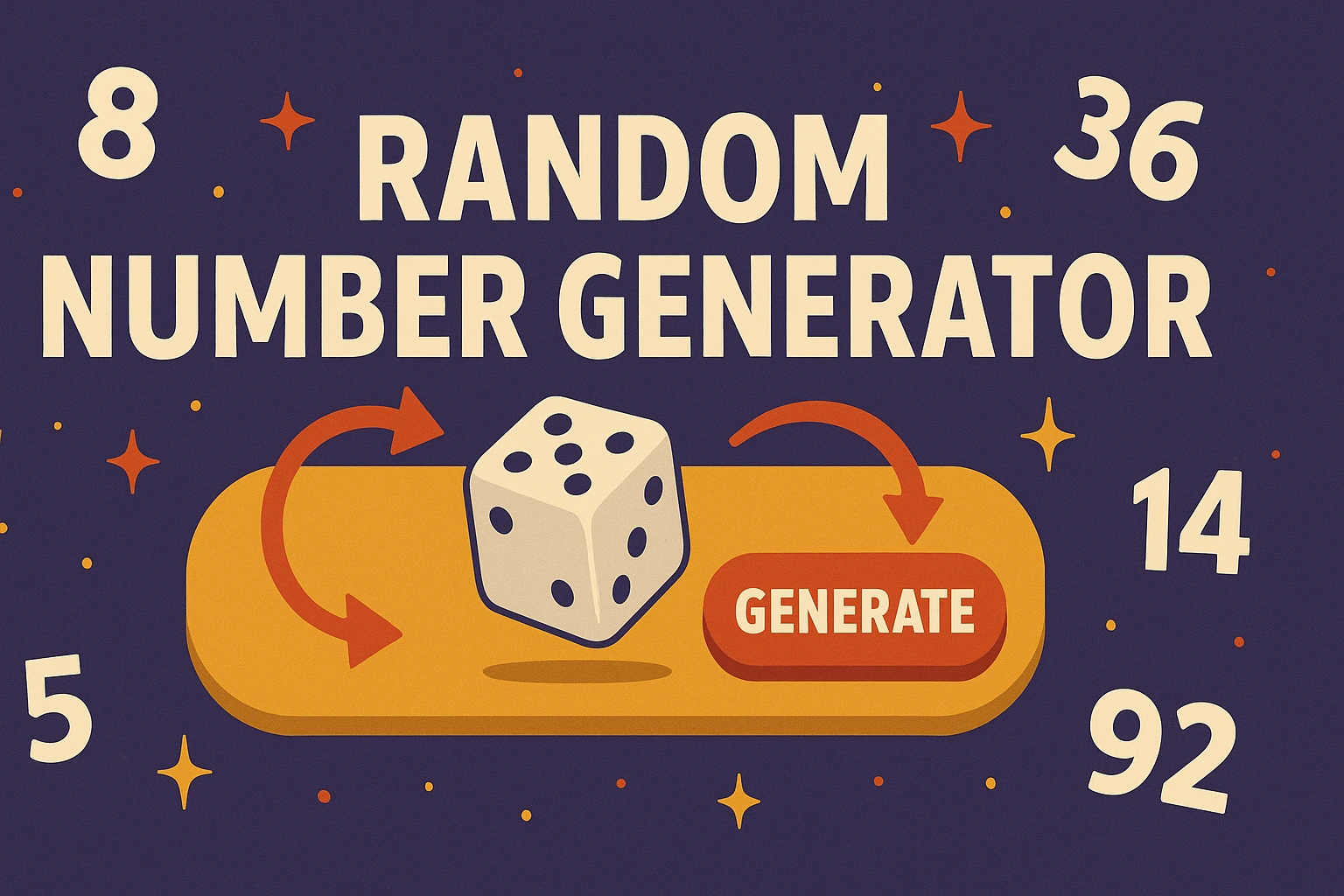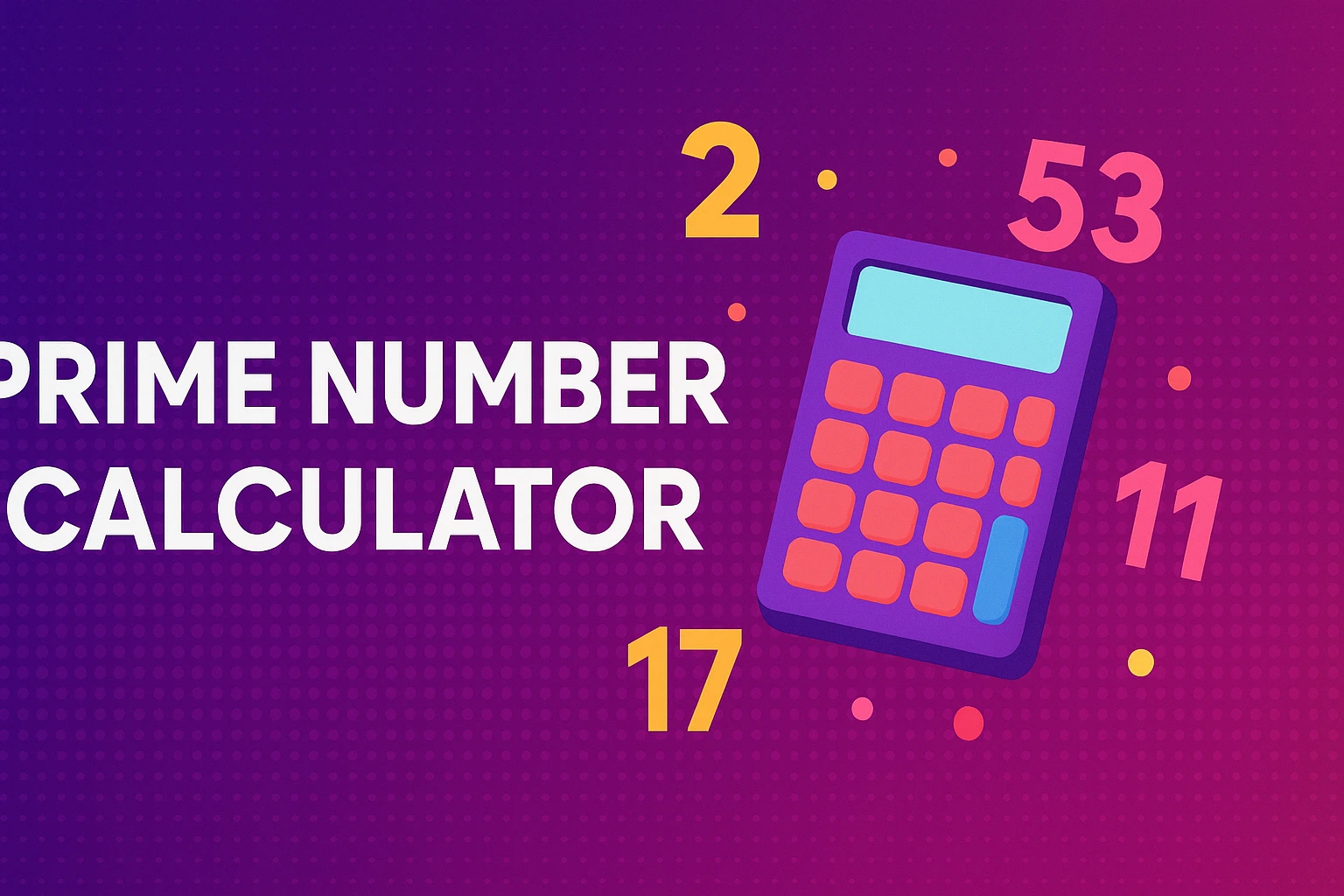Common Core Mathematics Curriculum Guide (2025)
Introduction: what a “Common Core mathematics curriculum” really means in 2025
“Common Core math” is not a textbook, a pacing calendar, or a bag of tricks. It’s a standards framework—a shared set of K–12 learning goals called the Common Core State Standards for Mathematics (CCSSM). Districts and publishers turn those goals into curricula, but the intent stays the same:
Focus on the most important ideas at each grade,
Coherence across grades so concepts build, and
Rigor that balances conceptual understanding, procedural fluency, and application.
In 2025, many states use CCSSM verbatim or with minor edits; others rebrand. Either way, the backbone looks the same: K–8 domains and high-school conceptual categories supported by the Standards for Mathematical Practice (MP1–MP8), the cross-grade habits of mind that define what it looks like to do mathematics.
This guide is a field manual for curriculum leads, teachers, tutors, and families. You’ll get:
A clean map of what to teach, why it’s sequenced that way, and how to make it land for real students.
Concrete guidance for unit design, tasks, discourse, assessment, and grading that align to the standards without killing curiosity.
Strategies for equity, multilingual learners, and students with disabilities, plus modern takes on technology and AI.
Sample unit skeletons, pacing notes, and a big FAQ you can paste into your handbook.
The goal: clarity without dogma, practicality without dumbing down. Let’s build a math program that actually makes sense.
1) The architecture of CCSSM: content + practices
K–8 content domains (high level)
K–2: Counting & Cardinality (K), Operations & Algebraic Thinking, Number & Operations in Base Ten, Measurement & Data, Geometry
3–5: Operations & Algebraic Thinking, Number & Operations—Fractions, Number & Operations in Base Ten, Measurement & Data, Geometry
6–8: Ratios & Proportional Relationships, The Number System, Expressions & Equations, Functions (grade 8), Geometry, Statistics & Probability
Each domain is a thread; together they weave a progression. A strong grade 3 fraction experience feeds grade 5 fraction operations, which feed grade 6–7 ratios/rates, which feed grade 8 linear functions, which power Algebra.
High school conceptual categories
Number & Quantity
Algebra
Functions
Modeling (pervasive)
Geometry
Statistics & Probability
Courses can be traditional (Alg I → Geo → Alg II/Precalc) or integrated (Math I/II/III). Both can be excellent when coherent.
The Standards for Mathematical Practice (MP1–MP8)
Make sense of problems & persevere.
Reason abstractly & quantitatively.
Construct viable arguments & critique reasoning.
Model with mathematics.
Use appropriate tools strategically.
Attend to precision.
Look for & make use of structure.
Look for & express regularity in repeated reasoning.
These aren’t wall posters; they’re instructional design constraints. If lessons never require students to model (MP4) or critique (MP3), you’re missing the plot.
2) The progressions: where the learning ramps up
K–2: Foundations with meaning
Counting, place value, composing/decomposing numbers, addition/subtraction with reasoning models (ten frames, number lines), measurement comparisons, and shape properties.
Design lens: concrete → representational → abstract (CRA). Heavy use of manipulatives and talk moves. Fluency targets grow from understanding, not memorization drills alone.
3–5: Fractions, place value extensions, and operations
Multiplication and division (concepts & algorithms), fractions as numbers on the number line, equivalence, comparison, addition/subtraction (like → unlike denom.), multiplication/division of fractions, decimals to thousandths, volume.
Design lens: connect area models, fraction strips, number lines, and equations. This is the era where students either own rational numbers—or fight algebra forever.
6–8: Ratios → linearity → functions
6th: ratios/rates, early equations, negative numbers, geometry with area/volume, data displays & variability.
7th: proportional relationships, advanced rational number operations, linear equations/inequalities, chance.
8th: functions, slope, systems, exponent rules & scientific notation, transformations/similarity, Pythagorean Theorem, bivariate data.
Design lens: multiple representations (tables–graphs–equations–contexts) with explicit connections. Students should predict and justify, not just plug-and-chug.
High school: algebraic structure, modeling, geometry, statistics
Algebra & functions (linear/quadratic/exponential, then polynomials/rationals/logs), geometry via transformations and proof, right triangle trig, circles and coordinate geometry, statistics (inference, sampling, regression).
Design lens: modeling cycles, proof as explanation (not just two-column theater), and data-rich inference.
3) A curriculum that breathes: focus, coherence, rigor
Focus: Prioritize “major work of the grade.” For example, grades 3–5 ≈ fractions; grades 6–8 ≈ ratios/linearity/functions. The assessment calendar should reflect that priority.
Coherence: Today’s lesson should have a future. Show how fraction equivalence foreshadows common denominators; how unit rate foreshadows slope; how completing the square foreshadows vertex form and optimization.
Rigor: Aim for balance—concept (why), skill (how), and application (where/when). A unit that only proves identities or only drills problems misses the triangle.
4) Unit design that actually aligns (and still feels human)
Step 1 — Clarify learning goals (not page numbers)
Unpack standards into student-friendly targets.
Example (Grade 7): “I can explain how unit rate appears in a table, a graph, and the equation y=kx, and use it to solve a context.”
Step 2 — Choose a task spine (low floor, high ceiling)
Select 2–4 anchor tasks that demand reasoning. Routines like Notice/Wonder, Which One Doesn’t Belong?, and Contemplate then Calculate open doors for all students and tee up formal methods.
Step 3 — Plan representations and connections
Write down exactly how you’ll connect visuals to symbols: arrays → area models → distributive property → standard algorithms. Connections are taught, not discovered by osmosis.
Step 4 — Orchestrate discourse
Use the Five Practices: anticipate strategies, monitor, select work samples, sequence them, connect ideas. Make space for MP3: students must justify, question, and refine.
Step 5 — Teach explicitly where it counts
After exploration, name the method, show efficient structure, and practice it. Discovery without consolidation creates fog; consolidation without exploration creates fragility.
Step 6 — Assess formatively, then iterate
Short checks aligned to single targets; quick interviews/whiteboard orals; targeted re-teaching when the evidence says so. Save your grading energy for performances and explanations—the stuff that proves transfer.
5) Assessment & grading: measure learning, not compliance
Formative: One target at a time. Evidence beats vibes.
Performance tasks: Multi-step problems and modeling with data; students must choose representations, justify methods, interpret results.
Standards-based grading (SBG): Track mastery by standard/cluster on a 0–4 scale with clear descriptors. Use recency/consistency (median of last three; or a decaying average) so growth matters. Separate academic mastery from work habits (timeliness, participation).
Rubrics should include practice-aligned criteria (e.g., for MP3: makes a claim, supports with mathematical evidence, addresses counterexamples; for MP6: correct notation/units, labeled graphs).
6) Equity, multilingual learners, and students with disabilities
UDL (Universal Design for Learning): multiple ways to access content (manipulatives, visuals, captions), engage (choice of context), and express (oral explanation, diagram, written proof, screencast).
MLLs/ELLs: sentence frames for reasoning (“I know this because…,” “A counterexample is…”), bilingual word banks, partner talk before whole-class share, permission to label in home language during drafting.
Students with disabilities: align accommodations to barriers—chunked tasks, tactile supports (tiles, number lines), graphic organizers for multi-step proofs, flexible timing, assistive tech. Keep the same learning goal with different routes to show it.
Detracking: broaden access to advanced courses with just-in-time supports; avoid early permanent tracks that lock students out.
Culturally responsive contexts: model with local data (transit times, weather, budgets), not just contrived word problems.
7) Technology & AI: power tools with guardrails
Dynamic geometry/graphing (Desmos/GeoGebra/graphing utilities): explore conjectures; fit models; visualize transformations. Require screenshots + explanations: what the tool showed and why it makes sense.
Spreadsheets & coding: from grade 6 onward, let students compute, simulate, and visualize quickly; emphasize setup and interpretation, not mouse-clicking rituals.
Calculators & CAS: teach when and why (MP5). Grade the thinking around the tool: formulation, parameters, and reasonableness checks.
Generative AI: useful for alternative explanations and practice variants. Guardrails: require annotated solutions, oral defenses, or error-spotting tasks so the math thinking is theirs.
8) Pacing with priorities (and room to think)
Start the year with a diagnostic focused on prerequisite ideas (not a 200-item trivia contest).
Anchor the calendar on major work; build buffer days for consolidation.
If you must cut, cut redundant drill before cutting reasoning tasks or representational connections.
Intentionally place performance tasks and re-engagement lessons after each cluster.
9) Evaluating and adopting materials
A high-quality Common Core mathematics curriculum will:
Name standards and practices for each lesson/assessment.
Include rich tasks with reasoning and multiple representations, not just skill sheets.
Offer coherent progressions and embedded formative checks.
Provide teacher supports for discourse (anticipated strategies, sample connections).
Include universal design features and multilingual supports.
Align assessments to the intent of standards, not just surface features.
If a program waves CCSS codes but only delivers thin multiple choice and silent seatwork, it’s not aligned—no matter the branding.
10) Communication with families
Share one-page unit briefs: big ideas, sample tasks, how families can help (“Ask them to draw it three ways,” “Have them explain why a shortcut works”).
Explain the why behind methods. Show the standard algorithm and a representation; then show how they connect.
Post your grading policy in plain language: standards-based, growth-aware, habits graded separately.
11) Sample unit skeletons (adapt to your scope & sequence)
A) Grade 2 — Place Value & Addition/Subtraction within 100 (3–4 weeks)
Standards focus: 2.NBT (understand place value), 2.OA (add/subtract).
Big goals: Model tens/ones; compose/decompose; use strategies and then the standard algorithm.
Task spine:
Build numbers with base-ten blocks; represent with drawings and expanded form.
“Make 100” puzzles; add by making tens (e.g., 47 + 35 → (47 + 3) + 32).
Tape-diagram story problems; students choose representations.
Formative checks: explain a chosen strategy; connect a drawing to an equation; quick number-line orals.
Practice lens: MP2 (quantitative reasoning), MP6 (precision).
Performance task: Two-strategy explanation for a word problem; reasonableness check.
B) Grade 4 — Fraction Equivalence & Ordering (3 weeks)
Standards focus: 4.NF.A.1–2.
Big goals: Fractions as numbers; equivalence through visual models and number lines; compare with common denominators or numerators when appropriate.
Task spine:
Folded strips & number lines to generate equivalence sets; “Find all names for 1/2.”
WODB with fractions; justify placement on a line.
“Mystery fraction” puzzles with clues (greater than 2/3 but less than 3/4…).
Formative: place & explain; create counterexamples; error analysis.
Performance task: Design a “Fraction Museum” exhibit (area model, number line, set model) that proves two non-obvious equivalences.
C) Grade 6 — Ratios & Unit Rate (4 weeks)
Standards focus: 6.RP.A.
Big goals: Represent proportional relationships (tables, double number lines, graphs); interpret unit rate as slope in y=kx.
Task spine:
Taste-test juice mixtures; find “best” mix; scale recipes with tables and double lines.
Best-buy comparisons; graph relationships; interpret points (x,y).
Constant speed problems; connect stories ⇄ equations.
Formative: quick table → graph conversions; explain why two ratios are equivalent.
Performance task: Phone-plan analysis; create a recommendation with representations and a caveat (when it wouldn’t be best).
D) Grade 8 — Linear Functions & Systems (4–5 weeks)
Standards focus: 8.F, 8.EE, systems.
Big goals: Define function; compare linear vs non-linear; interpret slope/intercept; solve systems graphically and algebraically.
Task spine:
“Can you walk the graph?” motion-tracker intro to slope as rate.
Fit a line to (noisy) real data; interpret parameters; discuss residuals qualitatively.
Systems in contexts (memberships vs pay-per-use); break-even interpretations; multiple methods.
Formative: quick sketches; teach-back short orals; structure hunt.
Performance task: A multi-representation portfolio with a context narrative.
E) Algebra I — Quadratic Functions (4 weeks)
Standards focus: understand vertex form/standard form, transformations, solving by factoring/graphing/Quadratic Formula, modeling.
Task spine:
Projectile motion modeling; vertex interpretation; compare models to data.
Structure hunt: factor by grouping; connect zeros ↔ factors ↔ x-intercepts.
Optimization: area/box problems; interpret parameters.
Formative: “Which form would you use and why?” checks.
Performance task: Choose a context; fit a quadratic; justify method; discuss model limits.
F) Geometry — Congruence & Similarity via Transformations (3–4 weeks)
Standards focus: rigid motions; dilations; triangle congruence; similarity criteria; proof as explanation.
Task spine:
Transformations on the coordinate plane; “Can you map A to B?”
Build similarity via dilations; triangle criteria; informal proofs using transformations.
Trig preview via similar triangles.
Formative: mini-proofs; diagram annotations; peer critiques.
Performance task: Photo-to-model scale task with justification of similarity and measurement error analysis.
G) HS Statistics — Sampling & Inference (3–4 weeks)
Standards focus: sampling distributions, margin of error, experimental design, correlation/regression.
Task spine:
Simulate sampling; visualize variability; develop intuition for margin of error.
Critique a real survey; redesign to reduce bias.
Fit a model; interpret slope/intercept; discuss residuals and limitations.
Performance task: Public-facing infographic + narrative (claim, method, results, caveats).
12) Professional learning and team routines
Common planning: weekly look at student work from one target; tune tasks; decide re-teaching moves.
Lesson study / co-teaching: try a discourse routine; debrief with evidence.
Calibration: score the same performance task with shared rubrics; compare exemplars; adjust expectations together.
Data with dignity: short diagnostics focused on prerequisites; use results for just-in-time supports, not labels.
Frequently Asked Questions (2025)
1) What exactly is the “Common Core mathematics curriculum”?
Common Core (CCSSM) is a standards framework, not a specific set of lessons. A curriculum aligned to CCSSM translates those standards into coherent units, tasks, and assessments that develop concepts, fluency, and application.
2) Do we have to use one “new” method for operations?
No. The standards expect students to understand and use efficient algorithms. Representations like area models or number lines are bridges to meaning, not replacements for the standard algorithm.
3) What is the “major work of the grade,” and why should I care?
It’s the highest-impact content for that grade (e.g., fractions in 3–5; ratios/linearity/functions in 6–8). Spending most time here creates the coherence that makes later math easier rather than harder.
4) How do we balance conceptual understanding with fluency?
Start with representations + discourse to build why, then practice to cement how. Fluency grows from insight; insight without practice doesn’t stick.
5) Are the Mathematical Practices separate lessons?
No. MP1–MP8 live inside tasks. Choose problems that require modeling, argument, structure-spotting, and precision—then make those moves explicit with routines and rubrics.
6) Traditional vs integrated high school pathways—which is better?
Either can work if it’s coherent. Traditional singles out courses by topic; integrated blends topics annually. What matters is quality tasks, modeling, statistics, and clear connections either way.
7) Is Calculus still the gold standard?
For STEM majors, Calculus is important. But Statistics/Data Science is essential across disciplines. The best systems expand options so students can take Calculus, Statistics, or both, based on goals.
8) How should we grade in a Common Core mathematics curriculum?
Use standards-based grading: track mastery by standard, leverage recency/consistency, separate academics from work habits, and use performance tasks for transfer. Convert to letters at report time with a published table.
9) Our students lean on calculators. Is that “not allowed”?
Tools are part of MP5. Teach when to use them and how to interpret outputs. Grade the formulation and reasoning, not just button-press sequences.
10) How do we support multilingual learners without lowering the bar?
Keep the math goal high and scaffold the language: visuals, frames, partner talk, bilingual labels. Accept varied ways of representing thinking—pictures, tables, orals—then formalize.
11) Are manipulatives only for little kids?
No. Algebra tiles, double number lines, dynamic geometry, and function manipulatives reveal structure in MS/HS. The point is to see the algebra behind the symbols.
12) What’s a quick win to make classes more “Common Core aligned”?
Pick one unit. Add two rich tasks and one modeling task. Plan explicit representation connections. Use one discourse routine daily. Assess with a short performance task and rubric.
13) How do we prevent AI-assisted copying?
Assess process: annotated steps, whiteboard orals, and “explain or fix” prompts. When students must defend choices and critique errors, outsourcing is pointless.
14) How do we handle pacing when students are behind?
Use just-in-time intervention on the prerequisite for this lesson, then return to grade-level work. Avoid long detours that keep students off the main road all year.
15) What does a good homework set look like?
Short, purposeful, aligned to the day’s learning. Include at least one explain/justify item and a worked example. If students need 40 problems nightly, something’s off in core instruction.
16) How can families actually help?
Share your unit brief. Encourage students to draw it, explain two ways, or find a counterexample. Curiosity prompts (“What would happen if…?”) beat answer-hunting.
17) How do we evaluate a publisher’s “Common Core alignment” claim?
Check for rich tasks, practice-aligned rubrics, representation connections, and performance assessments. If it’s mostly isolated skills and multiple choice, it’s lipstick on a worksheet.
18) What about students far ahead—accelerate or enrich?
Both. Offer depth (proofs, complex modeling, projects) and, when appropriate, acceleration with understanding (not just speed). Keep the door open to advanced pathways.
19) Can Data Science replace Algebra II?
Depends on the student’s goals. A rigorous data pathway is excellent for many fields; Calculus-bound STEM students still need Algebra II/Precalculus depth. Provide clear guidance and options.
20) How do we make modeling authentic, not cosplay?
Use real constraints and real data. Require assumptions, parameter choices, and a limitations paragraph. Ask, “Where would this model fail?”—and let them test it.


